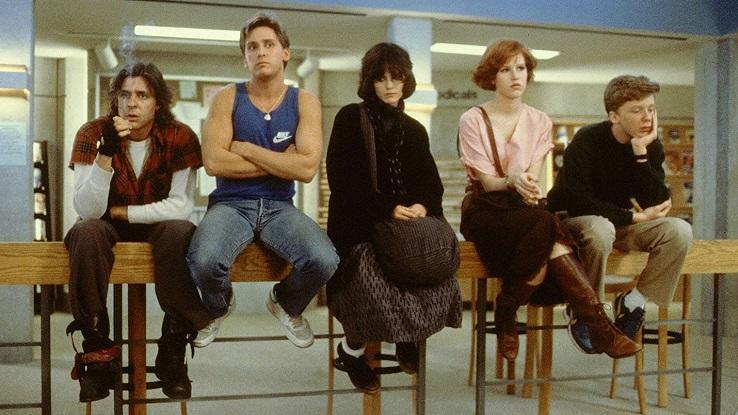
The Jock. The Brain. The Princess. The Basketcase. The Criminal. With a simple throw of Judd Nelson’s fist, these five characters were etched into cinematic history. The Breakfast Club was a defining flick for the ’80s teen generation.
The onscreen angst was impossible to escape, but some behind-the-scenes insight provides even more depth to the beloved film. Check out some of the most fascinating and quirky facts you probably didn’t know about the youth-defining flick from the ’80s.
Nelson’s Iconic Fist Pump Wasn’t Scripted
We all remember Judd Nelson’s legendary fist pump at the end of The Breakfast Club. In the iconic closing scene, John Bender strolls off into the sunset as “Don’t You Forget About Me” blares in the background, pumping his fist in the air.
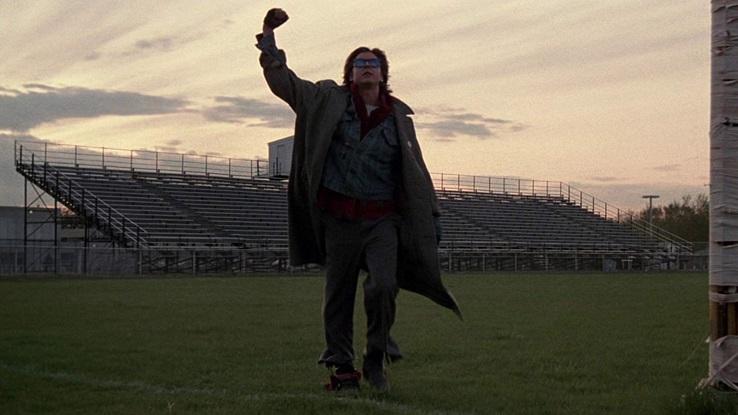
Did you know that this legendary ’80’s movie moment wasn’t scripted? Nelson was alone in the closing shot, so Hughes wanted his final actions to have an impact. However, he wasn’t sure what he wanted the star to do. Nelson improvised the film-defining action, throwing his fist up as he waltzed away from the high school.
Their Group Therapy Was Almost Entirely Improvised
If you didn’t cry during the sharing-circle scene in the movie, you might be a sociopath. The main characters’ heart-to-heart on the floor of the library summarized the cult classic’s main theme: High school isn’t all pranks, laughs and harmless gossip.
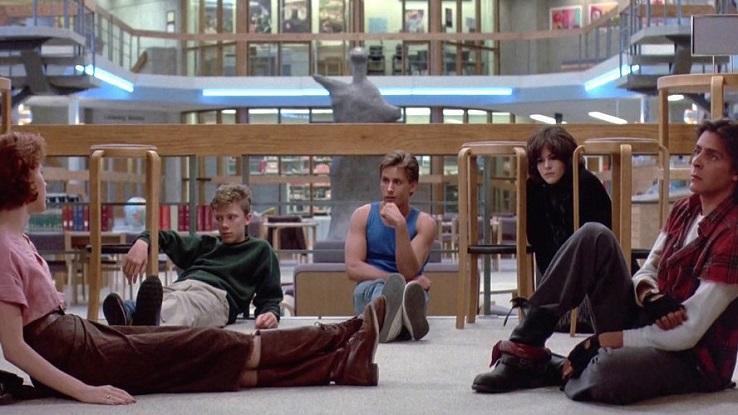
Still, you can’t give all your praise to the writer for this fantastic scene. In fact, John Hughes didn’t script this emotional portion of the flick. Instead, he asked the stellar cast to ad-lib the scene. This might seem like a lot of pressure, but the cast — all tumultuous youth themselves — rose to the occasion.
Molly Ringwald Almost Played Allison
Could you imagine anyone in the role of Claire (a.k.a. “The Princess”) other than Molly Ringwald? The pretty-in-pink redhead plays the school’s popular girl without batting a faux eyelash. Ringwald — who was only 16 during filming — brought an authentically teenage performance to the popularity-obsessed character.
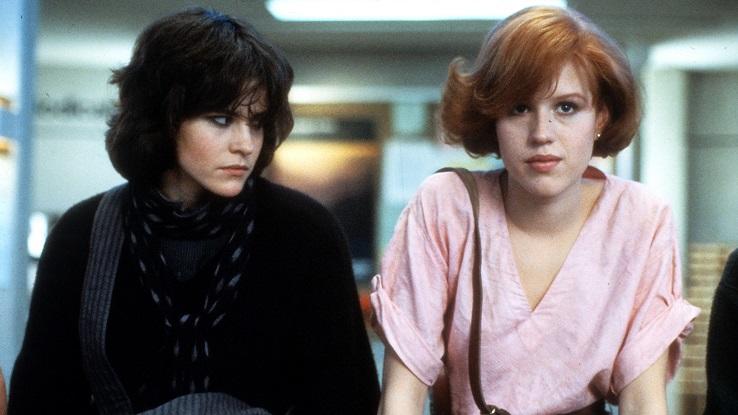
But did you know Ringwald almost played Allison, goth-girl extraordinaire? It’s hard to imagine the bubbly actress in such a dark and gloomy role. Fortunately, Ringwald and Hughes came to the conclusion that she was a better fit for Claire’s character, and the role of Allison went to the phenomenal Ally Sheedy.
Judd Nelson Was a Menace Offscreen
Judd Nelson’s portrayal of everyone’s favorite sharp-tongued bully came at a cost. Nelson, who was actually 25 at the time of filming, played the role of John Bender (a.k.a. “The Criminal”). Nelson’s tough onscreen portrayal of John was phenomenally intimidating, but his acting caused plenty of behind-the-scenes conflict.
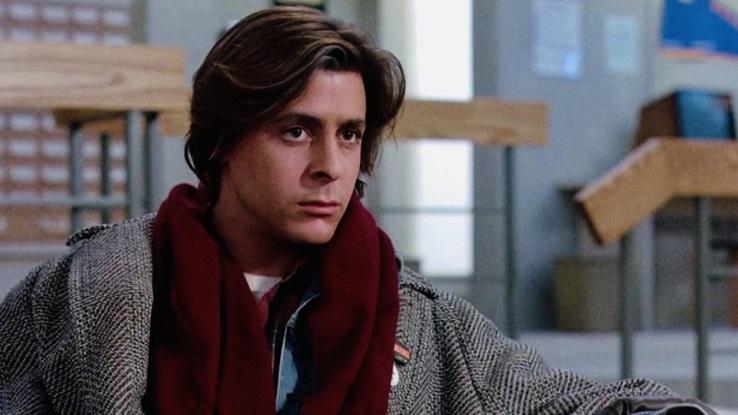
Nelson took the practice of “method acting” to the extreme and refused to break between scenes. This led to difficult relationships with other members of The Breakfast Club cast. Case in point: He bullied Molly Ringwald relentlessly, even when the camera wasn’t rolling, and John Hughes nearly fired him for it.
The Breakfast Club Was Supposed to Have a Sequel
Hughes originally planned to write a series of films that would reunite the characters every decade. The only issue? The cast. John Hughes frequently experienced conflict with Judd Nelson while filming The Breakfast Club. As a result, he swore to never work with the actor again. Yikes.
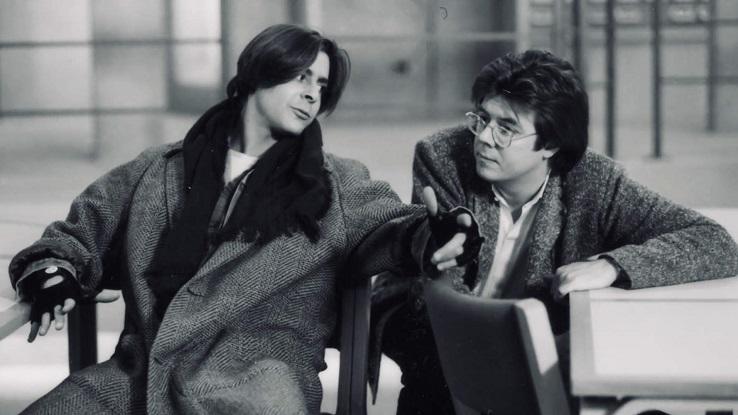
Another complication? Hughes was mainly a curator of teen films. By the late-80s, Molly Ringwald was over the teenage aesthetic and wanted to shift her focus to more mature projects. Besides, an adult-centered sequel wouldn’t have the same charm as the teen-centric film.
The Film’s Opening Quote Was Suggested by Sheedy
At the opening of the film, a quote from David Bowie’s song “Changes” is displayed against a black screen: “…And these children that you spit on as they try to change their worlds are immune to your consultations. They’re quite aware of what they’re going through…”
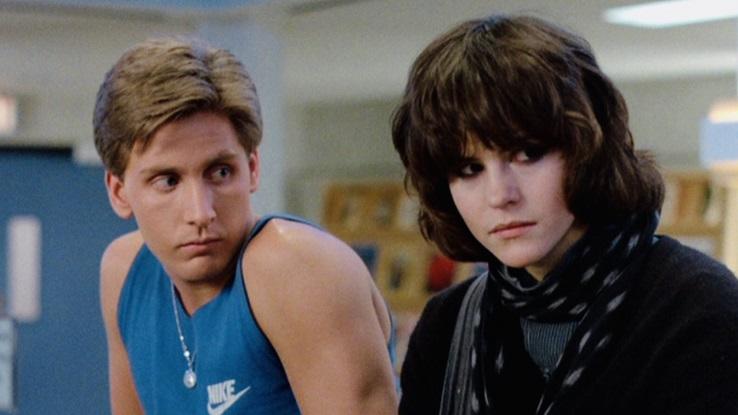
These lyrics perfectly sum up the film’s theme, highlighting the self-awareness of youth and the negative impact of judgmental authority. The quote wasn’t written into the original script. Rather, Ally Sheedy mentioned the lyrics to John Hughes in passing. She had no idea he used them in the film until the premiere.
Ally Sheedy Gave Anthony Michael Hall an Adorable Nickname
Anthony Michael Hall’s character, Brian Johnson (a.k.a. “The Brain”), is one of the angsty flick’s sweetest characters. Johnson is socially awkward from the get-go, but he reveals his sensitive side throughout the movie, stealing the hearts of the audience.
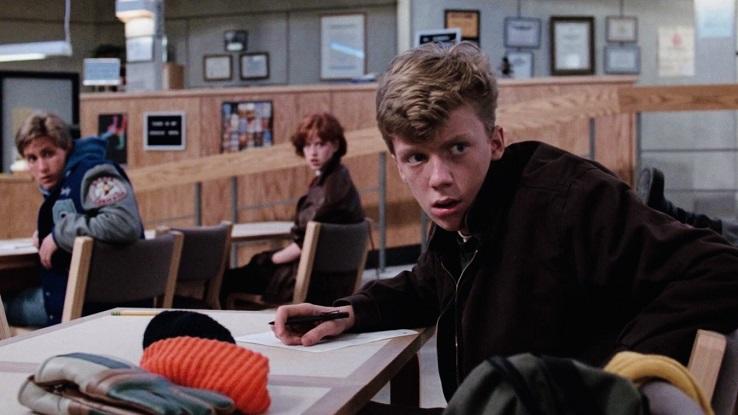
As it turned out, Hall was just as caring as his character. Everyone in the cast loved him, including Molly Ringwald, who dated him for several months after the film wrapped. In light of his sweet personality, Ally Sheedy assigned him an adorable name: Milk and Cookies. Unfortunately, Hall strongly disliked the girly nickname.
Judd Nelson Went Undercover at a High School
What better way to learn how to play a bad boy than to spend your days with high schoolers? The Breakfast Club was filmed in Chicago, and several scenes were shot within a local alternative school, Main North High School. The cast members were allowed to wander through the school’s halls during the day.
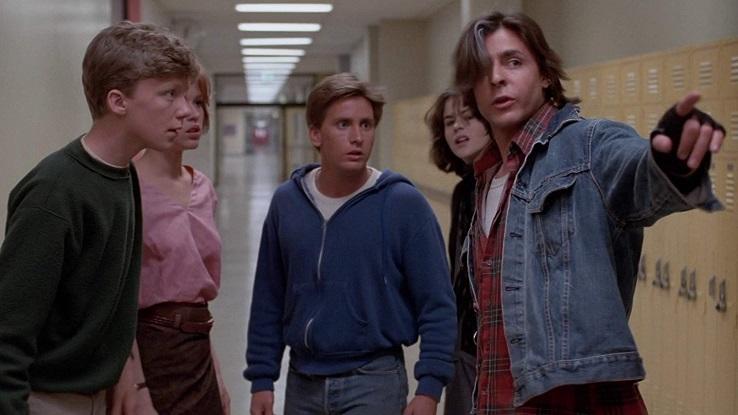
Apparently, Judd Nelson (posing as a teenager) befriended some of the students. He asked them for rides back to his hotel in exchange for beer. When they asked why he lived at a hotel, “I told them my dad was in jail,” Nelson shared with Moviefone.
Ally Sheedy Owed Her Role to Two Black Eyes
When John Hughes wrote the script for The Breakfast Club, he was eager for the flick to be his directorial debut. However, Universal Studios favored producing his other script first: Sixteen Candles (1984). Although the leading role went to Molly Ringwald, another Breakfast Club familiar face also auditioned for Samantha Baker: Ally Sheedy.
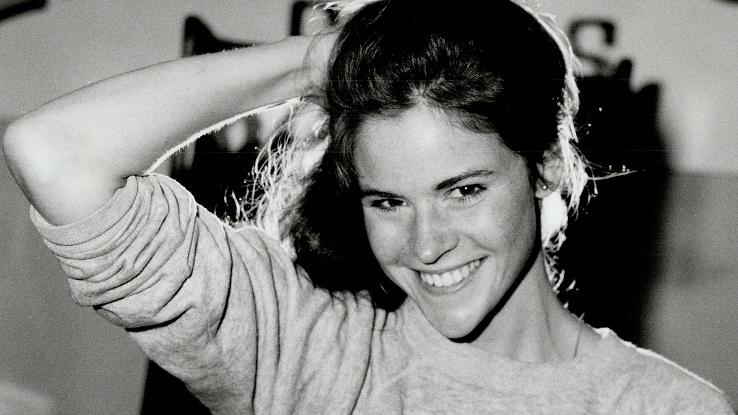
When she showed up to audition, she was sporting two black eyes from an accident on another set. Although Ringwald scored Sixteen Candles, Hughes remembered Sheedy’s gothic injury when casting The Breakfast Club and called her about playing Allison.
John Hughes Wrote the Script in Two Days
Creatives can take weeks, months or even years to pump out their works of art. Yet it only took John Hughes two days to write The Breakfast Club. Considering the original script would have taken more than 2.5 hours to watch, writing it that quickly is quite an impressive feat.
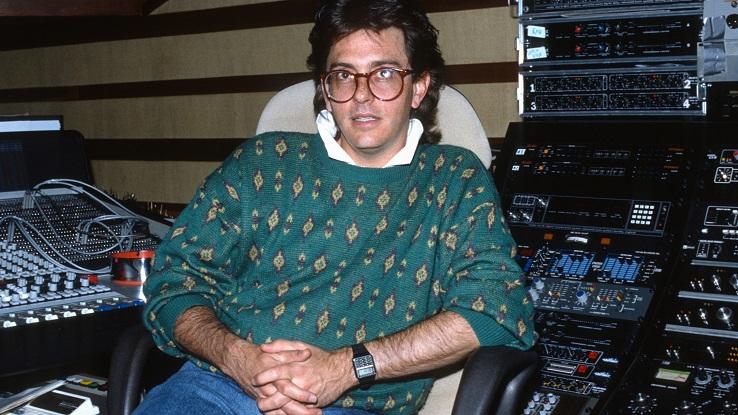
Fortunately, Hughes’ script wasn’t a rigid piece of work. He made a plethora of changes to the text, including pitching an NSFW portion of the film, inventing Carl the Janitor and rewriting scenes the cast and crew didn’t find “totally tubular.” Unsurprisingly, many scenes were also improvised.
Ringwald and Hall Had to Attend Real School
Nelson, Sheedy and Estevez were all over the age of 18, but both Ringwald and Hall were 16 when filming began. As a result, labor/school laws still applied to them, including completing their actual high school work.
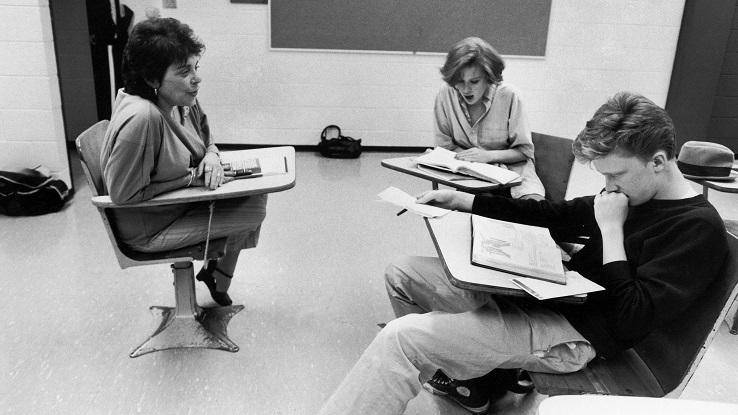
Several close-up shots between Claire and John were accomplished by filming them with Ringwald’s older body double. Nelson told AV Club, “Molly and Michael still had to go to school. They could shoot, like, a half day. So, a lot of my close coverage was done with Molly’s stand-in, so Molly could do her schoolwork.”
Sheedy Didn’t Have to Get into Character
“When you grow up, your heart dies.” Sheedy’s melodramatic line became a treasure among cast members and fans alike. Although Sheedy was in her early 20s when filming began, she didn’t have to try hard to play the gothic teen.
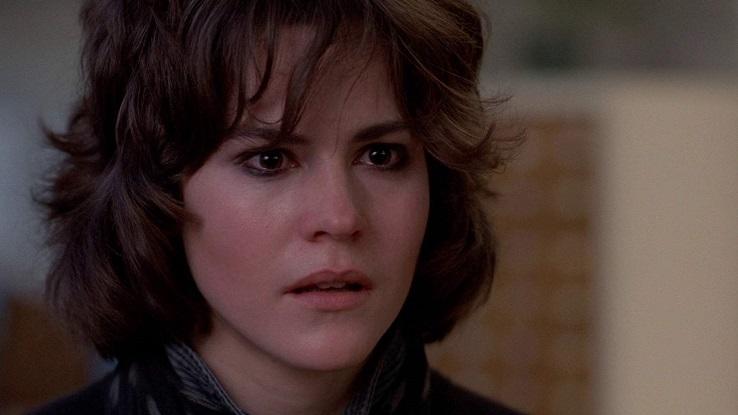
She admitted that the character of Allison was inspired by her own high school experience. On the film’s DVD, Sheedy shared, “That’s how I felt on the inside when I was in high school.” She also said, “Allison is a part of me. She didn’t have to come from anywhere. I didn’t have to find her.”
There Isn’t a Punchline for John Bender’s Joke
In the film, John is crawling through the school’s air ducts at one point. Hughes asked Nelson to come up with a joke to tell during this scene. The result? “A naked blonde walks into a bar, with a poodle under one arm and a two-foot salami under the other…”
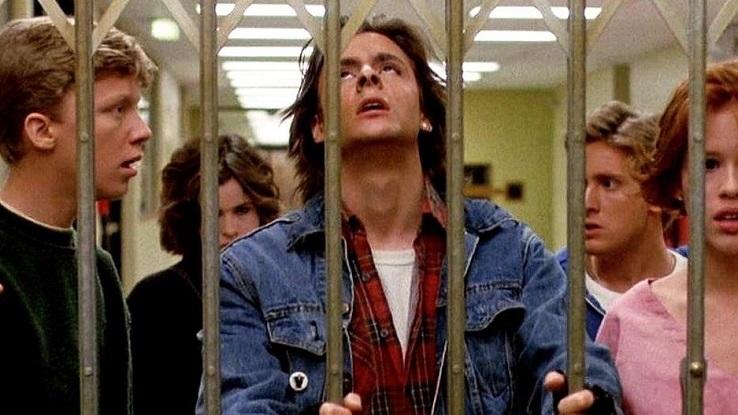
So, what’s the punchline? It doesn’t exist. Despite the joke’s hilarious (and bizarre) opening, Nelson didn’t come up with an ending. The rest of the cast and crew couldn’t invent one, either. Fortunately, it wasn’t necessary, as Nelson fell through the library’s ceiling before he had the chance to say the punchline.
The Cast Members Were Smoking Oregano
At one point in the film, the cast of characters passed around a joint that John snuck in. The “weed” caused several of the characters to behave in funny and erratic ways, especially Brian, who was suddenly looser and craving strange foods.
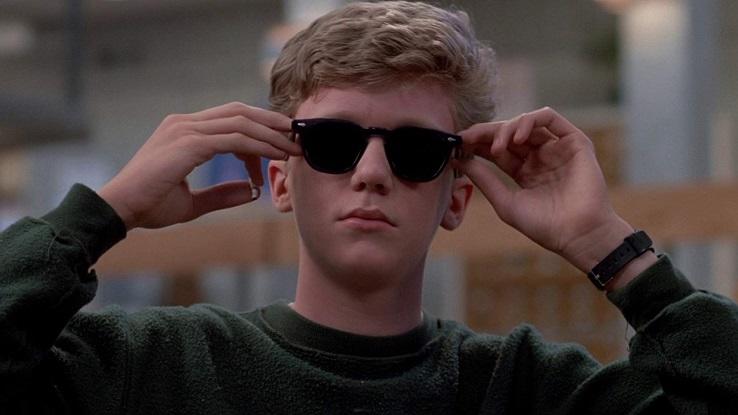
The joint also led up to the uber-emotional group therapy scene, one of the defining moments in the film. Of course, they didn’t have genuine weed on set, especially with minors present. What were the cast members actually inhaling? The group was smoking an herb, but it wasn’t marijuana. They smoked oregano.
They Cut a Killer Dream Sequence
While the dream sequence form of storytelling was once uber-popular — and a total blast to watch — John Hughes ultimately decided The Breakfast Club could live without one. He had originally scripted a dream sequence for the flick that was pretty bizarre.
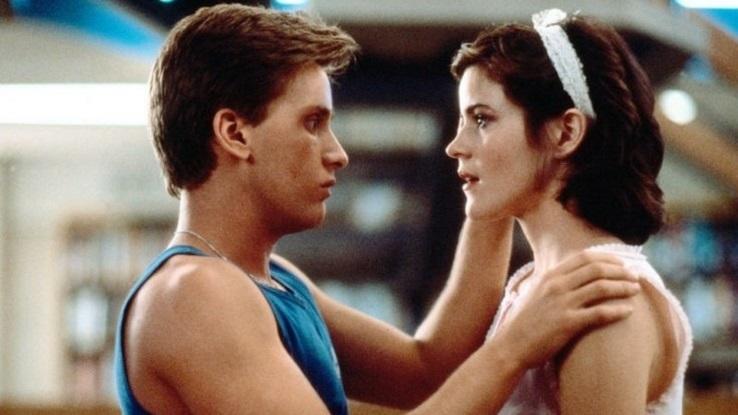
When Allison shows up for detention and dozes off, we don’t connect with her character until she wakes up 33 minutes later. In the original script, Hughes wrote her a dream sequence where she saw herself as a vampire, John as a prisoner, Claire as a bride, Brian as an astronaut and Andrew as a Viking.
Rick Moranis Was the Original Janitor
Although Carl the Janitor appears in only two of the film’s scenes, he is at the epicenter of the flick. He is blackmailing Principal Vernon, which allows him to challenge authority in ways the kids can’t. Carl (who had a love-hate relationship with the Brat Pack) was originally slated to be played by Ghostbusters actor, Rick Moranis.
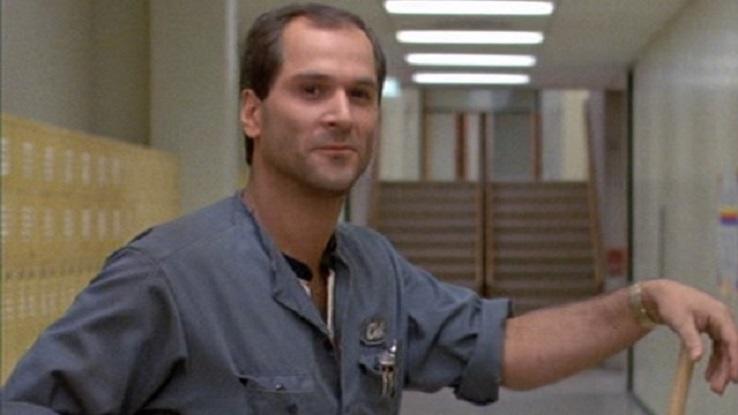
However, when Moranis played the scenes with a cheesy Russian accent, the producers weren’t happy. Thomas Del Ruth told HuffPost, “There needed to be a sense of seriousness…he was the middle point. Everyone else was on the extremes.”
Judd Nelson’s Audition Didn’t Go Smoothly
Nelson was infamous for his rambunctious behind-the-scenes behavior on the set. However, his audition for the role was just as notorious as his future behavior. When he showed up for his audition fully immersed in the persona of John Bender, he completely freaked out the people waiting.
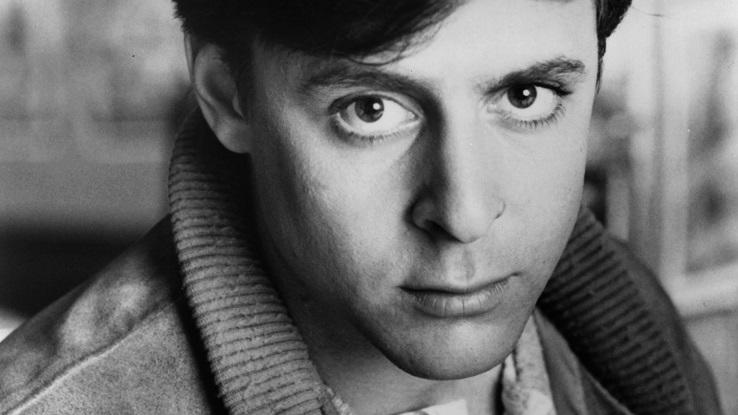
“I was just about thrown out of the waiting room,” Nelson shared. “The secretary in the waiting area called security…that’s when someone from behind the office doors said, ‘Judd Nelson, we can see you.’ I gave the finger to the security guard and walked into the room.”
Emilio Estevez’s Character Was Supposed to Be a Football Star
Emilio Estevez’s portrayal of Andrew Clark (a.k.a. “The Jock) is a stand-out performance in The Breakfast Club. His character goes through one of the most significant transformations in the film, as he reveals himself to be a tender-hearted kid, rather than a tough-fisted wrestler. In Hughes’ original script, Andrew wasn’t a wrestler at all.
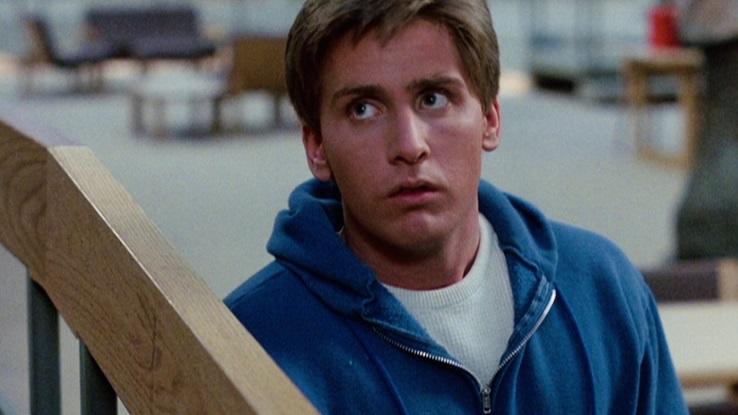
He was originally written as a football player. Unfortunately, Estevez didn’t quite fit the typical look of a football star. Due to Estevez’s shorter height, Hughes changed the character’s sport to cast Estevez in the role.
Allison’s Dull-Colored Costume Was Handmade
Colorful, neon garments defined the spastic era of the ’80, not dark, depressing clothing. The emo/grunge look didn’t roll around until the early ’90. When it came to dressing Allison’s character, the costume designer, Marilyn Vance, had difficulty finding pieces to support her depressing style.
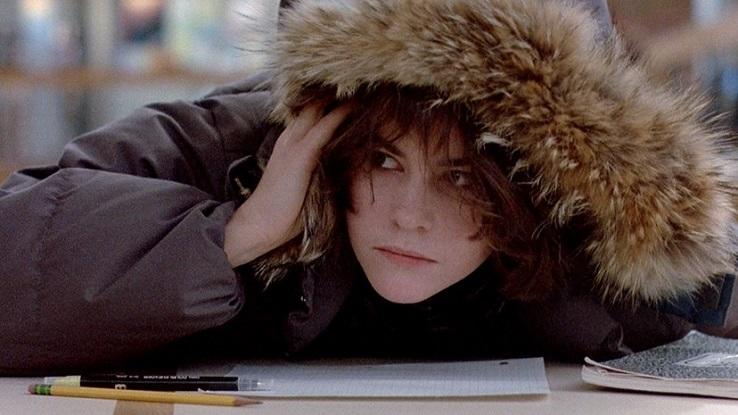
“I couldn’t find anything! Everything was colorful,” Vance told HuffPost. “I don’t know if you remember the ’80s, but my God. Colors were just happening all over the place.” Because she couldn’t find adequate Allison-esque clothing in stores, Vance made every piece of Allison’s costume by hand using the dullest fabrics she could find.
John Hughes Trusted Ringwald
Despite the fact that Ringwald was only 16 years old at the time of filming, John Hughes prioritized her opinion over anyone else’s — including his own. Ringwald was the primary star of other projects masterminded by Hughes, including the uber-popular Sixteen Candles. As Hughes’ muse, she had a hand in many of his decisions on set.
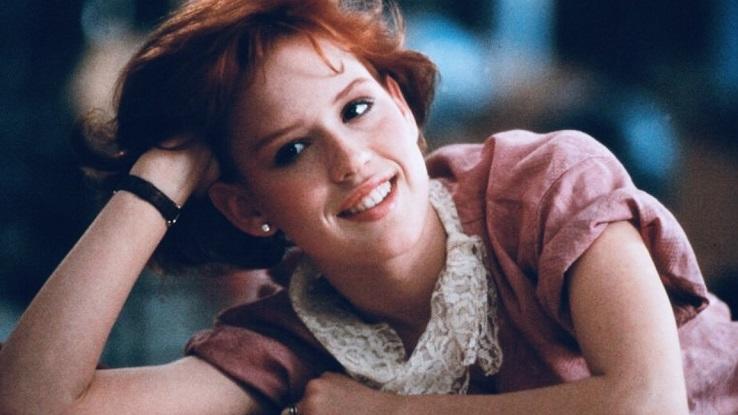
Her sway over Hughes was particularly evident when it came to rewriting parts of the script. If Ringwald didn’t like specific scenes, Hughes often rewrote them. The woman originally cast to play a gym teacher was dismissed from the set after Ringwald objected to her role.
The Cast Didn’t Want to Fire Nelson
Ringwald wasn’t bothered by Nelson’s aggressive behavior as much as Hughes was. Despite Nelson’s cruel comments and rude attitude offscreen, Ringwald understood it was just method acting. Still, Hughes was prepared to drop Nelson to soothe his own outrage.
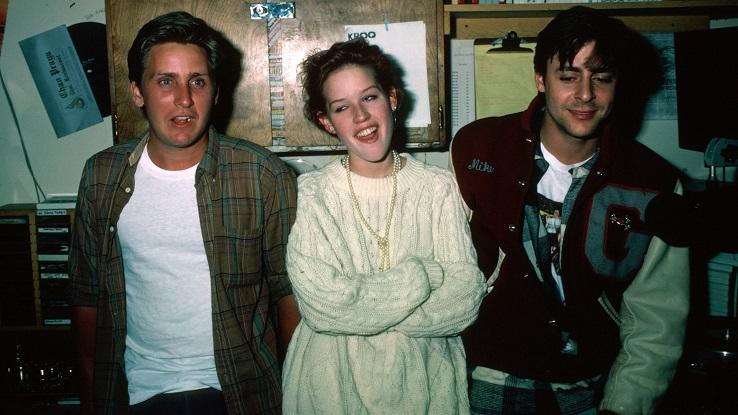
Ringwald told The New York Times, “[Judd Nelson] was doing this sort of method actor thing…he was just trying to get under my skin, like Bender tries to get under Claire’s skin. It really didn’t bother me, but John [Hughes] was extremely protective of me, and it just infuriated him…we all banded together and really talked John out of firing Judd.”
Ringwald Had a Unique Costume Request
Ringwald’s character in The Breakfast Club came from wealth, but she didn’t want to dress like a stereotypical rich kid. Marilyn Vance shared, “She didn’t want to be the spoiled ‘daddy’s girl,’ which is originally what was planned. She was going to be wearing a shorter skirt, a crochet look with maybe a beret…something that would be more bratty.”
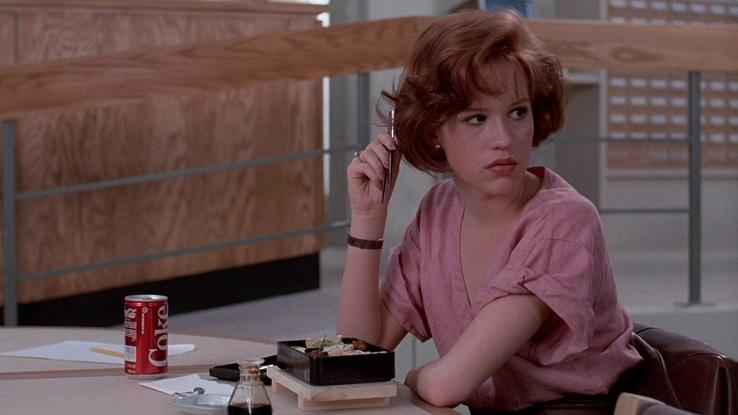
However, Ringwald felt her character was too sophisticated to dress like a ditzy aristocrat, so Vance abandoned her original costume plans. Instead, she designed an outfit that would showcase both Claire’s cultured attitude and her wealth.
Hughes Cut a Risqué Scene
It’s hard to imagine The Breakfast Club having any room for NSFW scenes. However, in Hughes’ original script, he managed to include a disturbing topless scene. Fortunately, the awkward shot didn’t make it into the film, mainly due to protests from female cast and crew members.
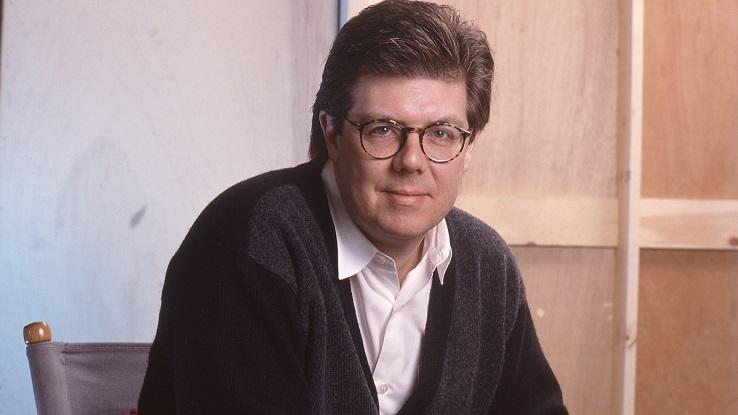
The original scene involved the teens discovering a peephole into a locker room and spying on a female coach who was undressing. However, Ringwald, as well as other female members of the crew, criticized Hughes for the uncomfortable scene. Within a day, he had written it out of the script.
Ringwald Criticized the Film’s Lack of Diversity
Hughes’ film may have appealed to teenagers of the ’80s, but it was far from inclusive. The cast was completely white. When Ringwald was asked by Entertainment Tonight about a potential remake of the movie, she replied, “hopefully not one where everyone is so white.”
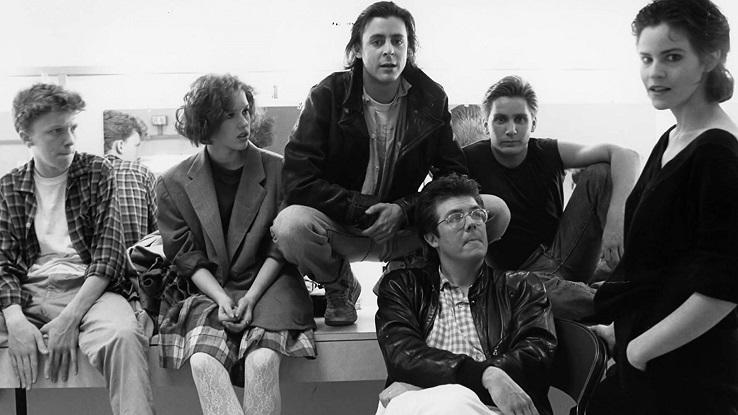
In another interview with E.T., Ringwald said, “When I look back on The Breakfast Club, I think it speaks to so many different people, but…it’s incredibly white. I think if there was ever another movie…I think it really needs to incorporate racial diversity. Not just racial but all kinds of diversity.”
The Original Title Was The Lunch Bunch
It’s hard to imagine The Breakfast Club without its standout title. Still, in the original script, the film was called The Lunch Bunch. This title didn’t quite capture the quirkiness of the film, and Hughes ultimately changed his mind.
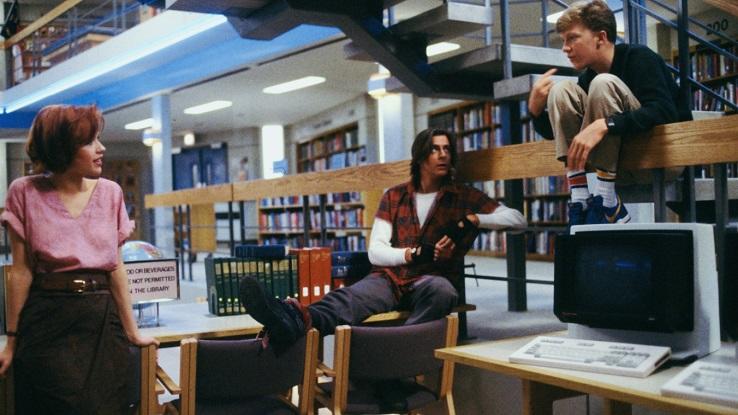
We can thank one of Hughes’ friends for the improvement. While attending New Trier High School in Illinois, his son heard someone say “The Breakfast Club” to describe the frequent flyers in detention. It’s likely the name originated with Don McNeil’s Breakfast Club, a radio show airing from 1933 to 1968. Hughes loved the name and ended up using it.
There’s a Haunting Message in the Graffiti
The beginning of the film features shots of Hughes’ fictional high school, including cryptic graffiti spray painted on its walls. One phrase that appears within the graffiti is “I don’t like Mondays.” This phrase isn’t just a high school lament. Rather, it’s a reference to one of the first school shootings in the country.
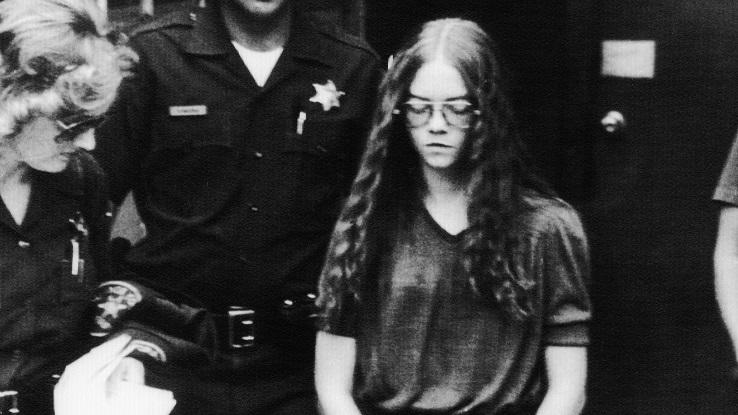
In 1979, 16-year-old Brenda Spencer used her Christmas present — a rifle — to open fire on a group of schoolchildren. She killed the school’s principal and a custodian and injured eight children. When asked why she did it by the authorities, she answered without remorse: “I don’t like Mondays.”
John Hughes Made a Cameo as Brian’s Father
At the end of the film, several of the students’ parents pick them up. During casting, Hughes asked casting director Jackie Burch to play one of the fathers. Burch told HuffPost, “I think he was channeling Alfred Hitchcock…Normally, I don’t love stuff like that, but this was great.”
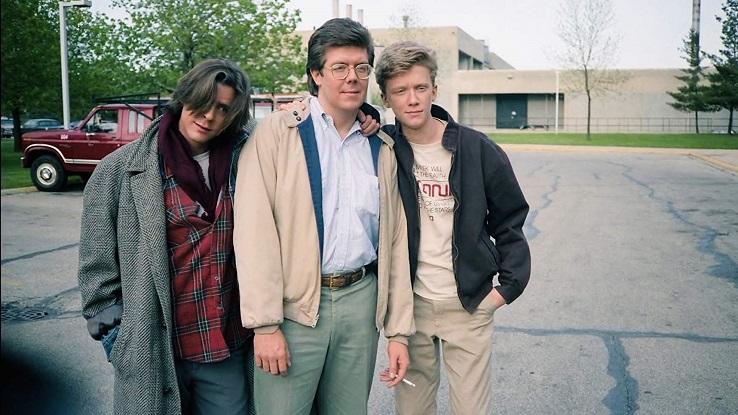
Hughes was cast as Brian’s father. At the end of the flick, Anthony Michael Hall hops in the passenger seat of a vehicle being driven by the director. Hall’s real mother and younger sister were also in the cult classic, playing Brian’s mom and sister at the start of the film.
Allison’s Dandruff Was Parmesan Cheese Flakes
One of the yuckiest elements in The Breakfast Club was accomplished using a strange method: grating chunks of Parmesan cheese. Yep, the crumbly cheese flakes were used to represent Allison’s copious dandruff in the film.
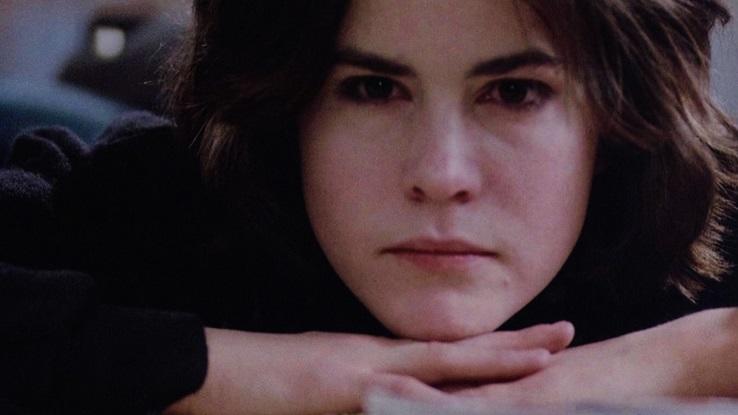
Her excessive dandruff was a central component in her obscure character. She even used flakes to add “snow” to a drawing she completed. Yuck. Allison took pride in her weirdness, as seen by her dandruff drawings, the loud nail chewing and her embracing of “The Basketcase” label.
The Library Was Scorching Hot
The majority of the film was shot in a singular, enclosed room: the library. In order to keep the set well lit, they had to use a ton of stage lights. The fixtures quickly heated up the room, resulting in temperatures of up to 110 degrees.
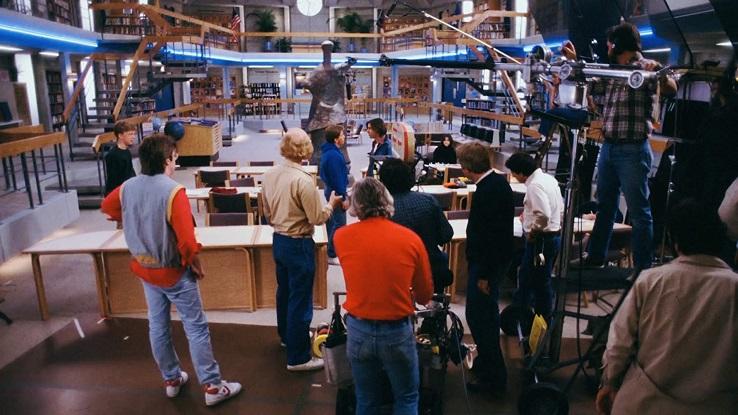
As a result of the heat, cast and crew struggled to stay comfortable between shots. The director of photography, Thomas Del Ruth, told HuffPost Entertainment, “We had to hire two additional assistant directors just to work on the second floor and keep the crew awake so they wouldn’t snore and ruin the sound takes.”
“Don’t You Forget About Me” Was Written for the Flick
The soundtrack for The Breakfast Club was full of authentic ’80s hits and jingles, such as “Waiting” by E.G. Daily, “Heart Too Hot to Hold” by Jesse Johnson/Stephanie Spruill and several instrumental bops by composer Keith Forsey. Of course, the most notable of them all was the legendary final song, “Don’t You Forget About Me.”
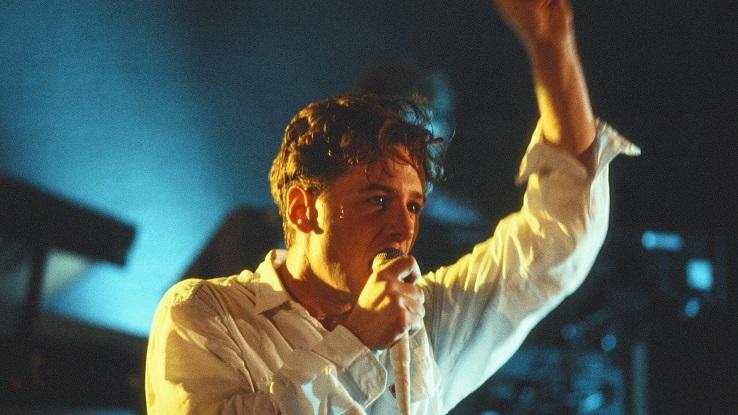
Written by Keith Forsey and performed by Simple Minds, the song became a worldwide hit along with the movie. Simple Minds recorded the tune specifically for The Breakfast Club, and it climbed to the top of the charts and became an era-defining bop.






